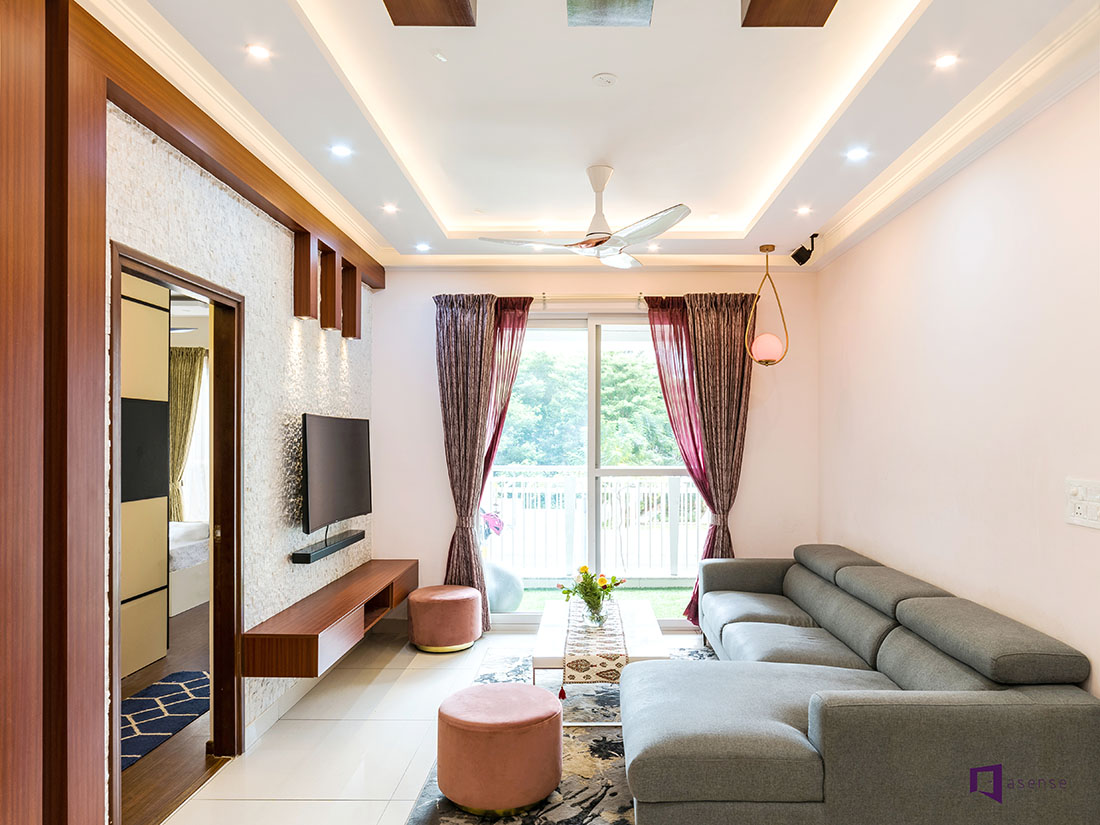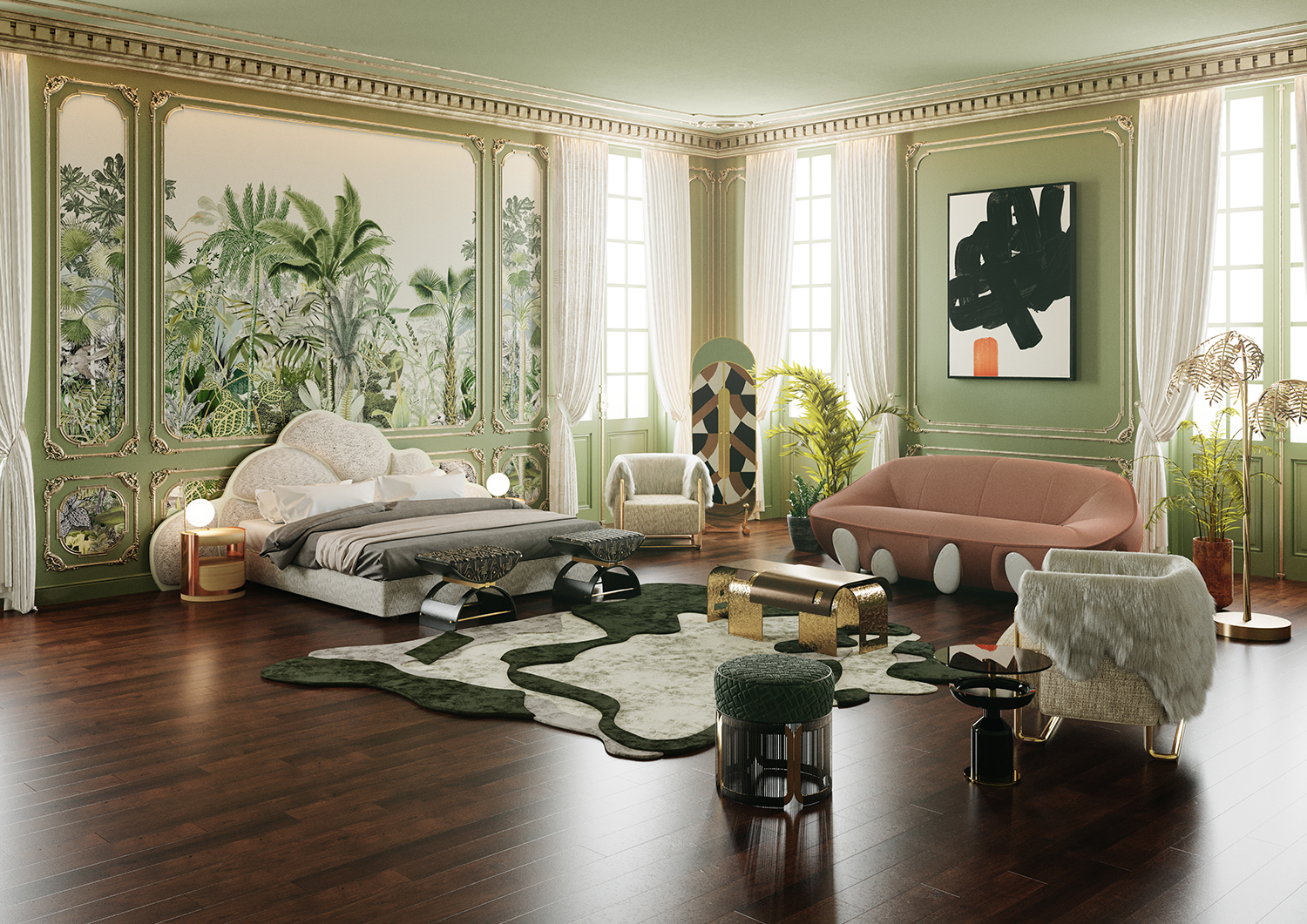Change Your Home With Crucial Principles of Interior Decoration and Aesthetics
The art of transforming your home with the important principles of interior decoration and aesthetics needs a thoughtful technique that integrates color, balance, and spatial recognition. By comprehending the impact of color concept and the significance of texture and patterns, one can produce spaces that are not only aesthetically appealing but additionally deeply individual. Attaining this stability involves greater than simple decor; it encompasses a tactical plan and an eager understanding of how each component interacts within a room. As we explore these fundamental concepts, take into consideration just how they may redefine your understanding of home and individual expression.
Recognizing Color Theory
Shade concept is a basic element of interior layout that dramatically influences mood, assumption, and general visual. Comprehending the principles of color concept permits developers to produce spaces that reverberate psychologically with owners while fulfilling practical needs (luxury interior design). Shades can be categorized into 3 key types: main, second, and tertiary. Each category plays a crucial function in developing consistency within an area.
The psychological effect of colors is profound; warm tones such as reds and oranges evoke power and heat, while amazing tones like blues and environment-friendlies advertise peace and harmony. The use of complementary shades boosts visual passion, producing striking contrasts that can raise an area's appeal.
Neutral colors, on the various other hand, function as a flexible background, enabling various other style components to shine. It is vital to consider factors such as lights and the space's function when picking a shade palette, as these can change the understanding of colors throughout the day.
Ultimately, a well-considered color design can transform a room, cultivating a feeling of convenience and design that lines up with the residents' preferences. Proficiency of shade concept is, therefore, an essential ability for any interior developer aiming to create harmonious and inviting environments.
Accomplishing Equilibrium in Style
Just how can developers accomplish a feeling of stability in their areas? Achieving equilibrium in layout is essential to developing harmonious interiors. Designers can use 3 key kinds of balance: symmetrical, asymmetrical, and radial. In proportion balance entails preparing components equally around a central point, fostering a sense of order and harmony. This kind frequently includes pairs of furniture or art work, boosting visual stability.
Asymmetrical balance, on the other hand, depends on varying aspects that still achieve a cohesive appearance. This method permits even more dynamic and informal setups, supplying passion while preserving equilibrium. By thoroughly choosing differing dimensions, shades, and structures, designers can create an aesthetically compelling space that feels well balanced yet energised.
Radial balance stresses a central centerpiece with components emitting outside. This style is typically seen in round formats, where furniture and design develop a cohesive surround that draws the eye internal.
Eventually, accomplishing equilibrium calls for thoughtful consideration of range, percentage, and the connections between components. interior design firms. By skillfully applying these equilibrium concepts, designers can change rooms right into atmospheres that feel both aesthetically pleasing and functionally unified, enhancing the general experience for occupants
Relevance of Spatial Recognition

A keen feeling of spatial recognition allows designers to determine centerpieces within a room, leading the audience's focus to essential functions while preserving a total sense of unity. It likewise aids in the calculated placement of lighting, which can considerably affect the perception of area and state of mind. Furthermore, recognizing spatial relationships makes it possible for the designer to accommodate the certain demands of citizens, guaranteeing that each area offers its desired purpose without endangering visual appeals.
Eventually, spatial understanding is essential for making best use of the capacity of any kind of indoor space. By thoroughly taking into consideration the interplay in between dimensions, layout, and feature, designers can develop atmospheres that not just satisfy practical requirements yet also evoke a feeling of convenience and elegance, boosting the overall living experience.
Integrating Appearance and Patterns
Welcoming a diverse series of textures and patterns can dramatically improve the visual and tactile allure of an indoor space. The strategic use different products-- such as wood, metal, fabric, and rock-- develops deepness and rate of interest, making a room feel a lot more welcoming and dynamic. For circumstances, combining smooth surfaces with harsh structures can establish a balance that attracts the eye and involves the senses.
When including patterns, consider both scale and repeating. Huge patterns can work as prime focus, while smaller sized, subtle designs can match other components without you can try here overwhelming the area. Layering patterns, such as pairing floral paddings with candy striped tosses, adds complexity and a sense of harmony if implemented attentively.
It is also critical to maintain a natural shade combination, guaranteeing that textures and patterns collaborate as opposed to complete for interest. By choosing a few key structures and patterns, you can develop a merged visual that mirrors your personal design while boosting the overall ambiance of the room. Ultimately, the cautious unification of these aspects can change a mundane room right into a sophisticated setting rich with character and warmth.
Individualizing Your Room
Creating a room that shows your character is vital to accomplishing a truly inviting setting. Customization in interior decoration permits you to infuse your unique design and interests into your home, changing it from a plain shelter into a haven that talks to that you are. Begin by choosing a shade combination that reverberates with your feelings-- bold colors can stimulate, while soft tones provide harmony.
Include artwork and decor that mirror your enthusiasms, whether it be traveling, nature, or abstract principles. Presenting personal collections, such as publications, photographs, or souvenirs, can evoke valued memories and produce centerpieces within a room. Additionally, think about tailoring functional pieces, like upholstered furniture, to align with your aesthetic preferences.

Final Thought
Finally, the improvement advice of a More about the author home with the important principles of interior design and appearance demands a thorough understanding of shade concept, balance, spatial recognition, structure, and customization. Each component adds dramatically to developing a harmonious and functional living setting - miami luxury interior design. By attentively incorporating these concepts, individuals can improve the aesthetic appeal and psychological vibration of their rooms, inevitably fostering a home that mirrors one-of-a-kind identities while offering convenience and usefulness